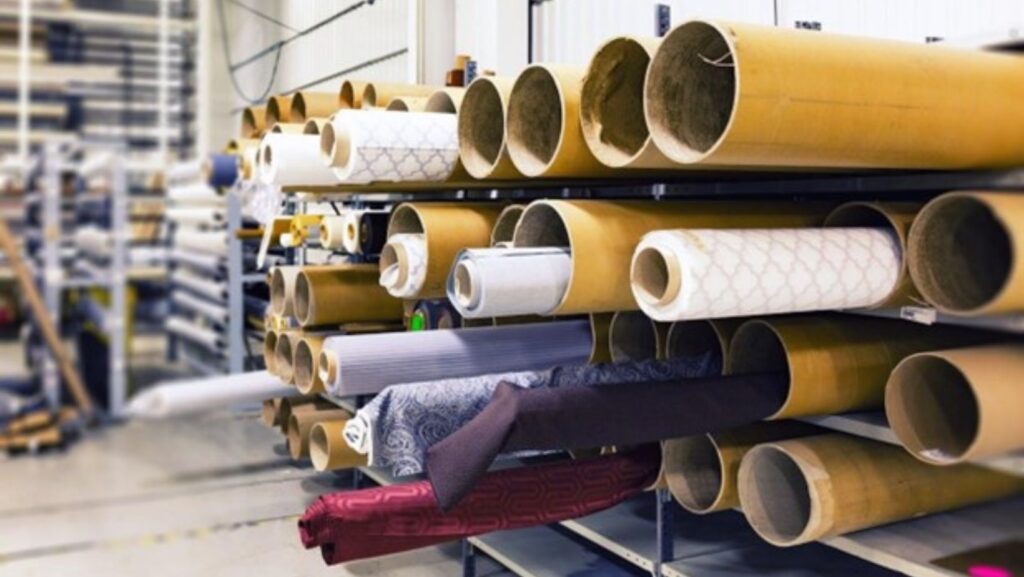Manufacturing is the backbone of numerous industries, from automobiles to electronics. However, inefficiencies can lead to wasted resources, higher costs, and lost opportunities. In a market where consumers demand quality and speed, manufacturers must continually optimize their processes.
The ability to produce high-quality products at a faster rate can set you apart from competitors, helping you capture market share and improve customer satisfaction.
Implement a Machine Monitoring System
One of the first steps towards optimal performance is implementing Machine Monitoring for Manufacturing. These systems offer real-time data on machine conditions, performance metrics, and potential issues.
With this information, you can perform predictive maintenance rather than reactive fixes, significantly reducing downtime and extending the lifespan of your equipment. Start by selecting a monitoring system that fits your specific needs and integrates seamlessly with your existing machinery.
Invest in Employee Training
Your workforce is your most valuable asset, and their skills directly impact your manufacturing performance. Investing in employee training ensures that your staff is well-versed in the latest technologies and techniques.

Regular training programs can help employees adapt to new machinery and software, fostering a culture of continuous improvement. Begin by identifying skill gaps and designing tailored training modules to address them.
Encouraging a mindset of lifelong learning among your employees can result in more innovative solutions and improved operational efficiency.
Leverage Lean Manufacturing Principles
Lean manufacturing focuses on minimizing waste without sacrificing productivity. The principle revolves around streamlining processes, improving product quality, and reducing production times. Start by mapping out your current processes and identifying areas where waste occurs.
Once you’ve pinpointed these areas, use lean tools like 5S, Kaizen, and Value Stream Mapping to make improvements. Incorporating visual management techniques can also drive better communication and process visibility, enabling teams to react quickly to performance issues. This approach not only enhances efficiency but also fosters a culture of sustained excellence.
Utilize Advanced Analytics
Data is the new gold, and nowhere is this truer than in manufacturing. Advanced analytics can provide insights into various aspects of your operations, from supply chain management to production line efficiency.

By analyzing data, you can uncover patterns and trends that would otherwise go unnoticed. Implementing advanced analytics tools allows you to make data-driven decisions, optimizing everything from inventory levels to labor allocation.
Adopt Automation and Robotics
Automation and robotics are no longer the future; they are the present. Incorporating these technologies into your manufacturing processes can drastically improve efficiency, accuracy, and speed.
Automated systems can handle repetitive tasks with precision, freeing up human workers to focus on more complex and value-added activities. When considering automation, start small and scale up. Begin with automating the most labor-intensive and error-prone tasks.
Gradually integrate more sophisticated robotic systems as you see the benefits, ensuring your workforce is adequately trained to work alongside these machines.
Enhance Supply Chain Management
Enhancing supply chain management can lead to significant improvements in performance. Use technologies like IoT, blockchain, and AI to gain real-time visibility into your supply chain activities.
This transparency allows for better decision-making, quicker response times, and improved collaboration with suppliers and partners. Optimize your supply chain by regularly reviewing and adjusting your strategies based on performance metrics and market conditions.
